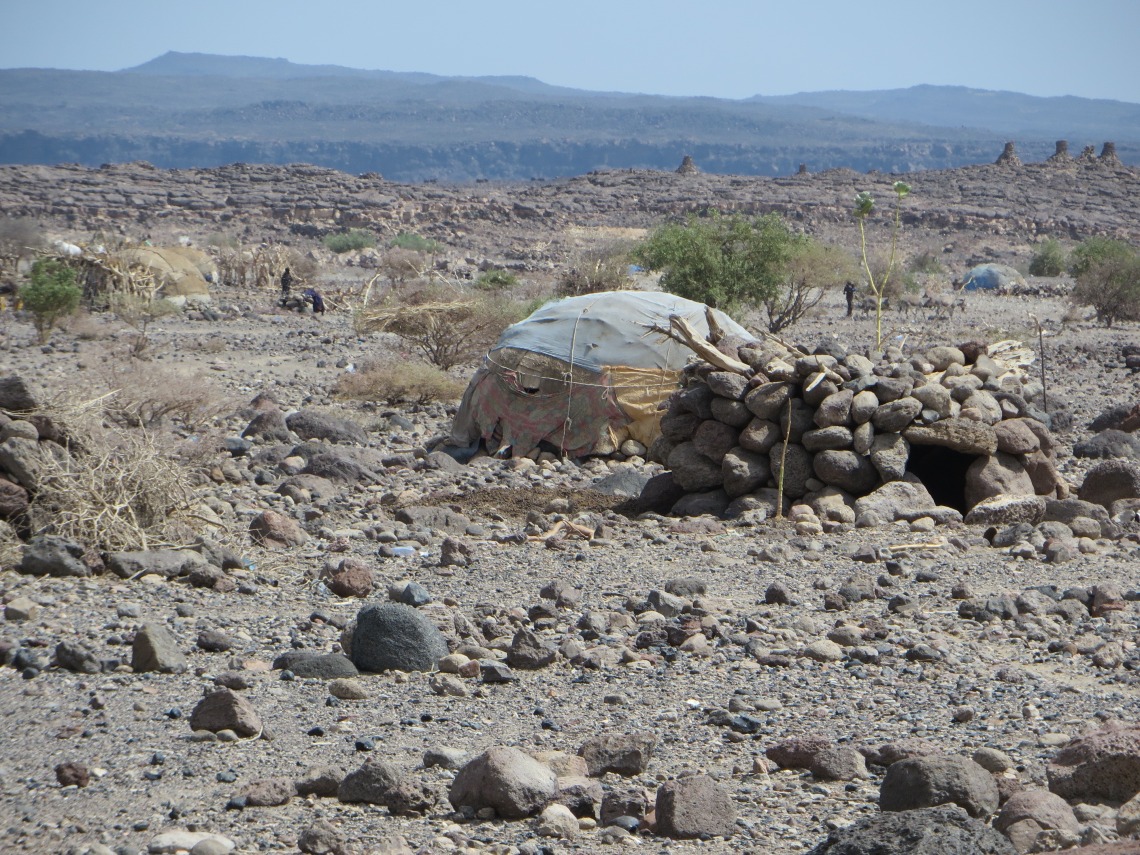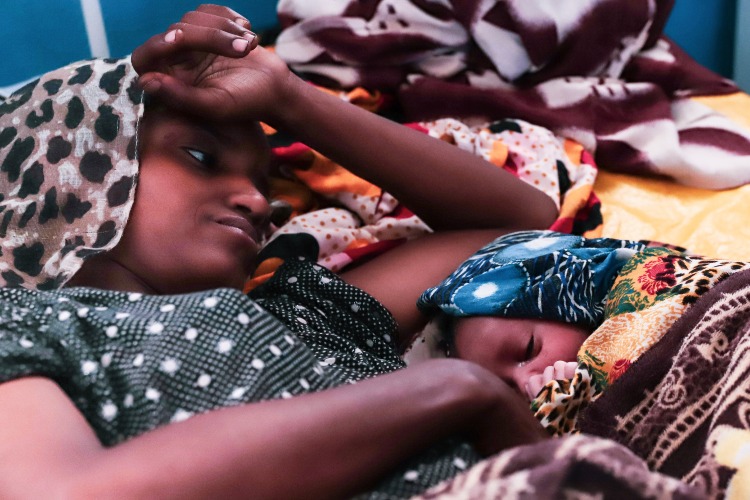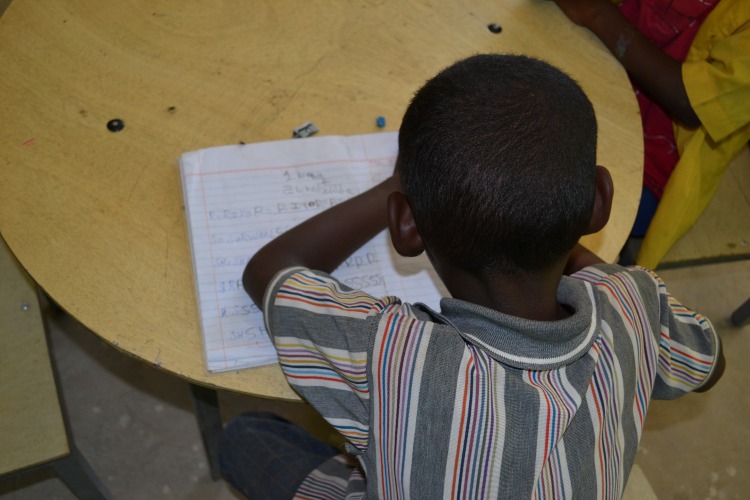"Millions of Ethiopians are one shock away from falling into a catastrophe.”
W*World Food Program, Ethiopia
10 June 2025
In April, the World Food Program issued a dire warning about the situation in Ethiopia. Malnutrition and widespread humanitarian needs are increasing, and made worse by the devastation of continuing drought in much of the country.

WFP reported that:
- 10 million people were already facing hunger and malnutrition across Ethiopia.
- Malnutrition rates are alarmingly high, with 4.4 million pregnant and breastfeeding women and children in need of treatment.
- In some regions, including Afar, child wasting has surpassed the 15 percent emergency threshold.
- Poor rainfall so far in 2025 means increasingly serious drought conditions.
In the grip of a strong drought, the race for solutions….
On the ground, our long-term partner, Afar Pastoralist Development Association, is doing everything it can to keep providing aid to those who need it most.
Valerie Browning, program director of APDA, confirms what has been reported by WFP. The regular short rains of March-April were extremely sparse, which means that at the time of writing, it has been close to 11 months without rain.
Valerie adds that the particular situation in Afar makes the current situation even more fragile.
“As the humanitarian world reels under bilateral aid cuts, APDA has its own peculiar dilemma,” Valerie explains.
“The Afar people have some of the worst health, education and economic parameters in Ethiopia since the means to deliver them services remains that of sedentary village communities.
“Unlike other livelihoods in Ethiopia, Afar are nomadic across their vast land. Around 90% of the Afar population have lived in harmony with their landscape over thousands of years, moving to allow the regeneration of water and grazing resources in a normally frugal environment.
“Under drought, moving is coping, the land’s resources shared by all.”
APDA field update:
Drought Crisis Deepens Across Afar
The central and northern Afar Region is facing an extreme drought, with some areas now 11 months without rain. Over 90,000 people in Kori and Dubte are reliant on APDA-fueled water trucks to survive, as they face contaminated sources and multi-day journeys to fetch water. Without this support, lives, especially children’s, are at immediate risk.
Livestock and Food Under Threat
Pasture is vanishing and animals are dying due to both starvation and a new camel disease identified with the help of vets from the UAE. Urgent support is needed for medicine and 540,000 kg of animal feed to save herds in over 5,000 households. Food prices have soared: wheat and sugar have increased sharply, with some markets seeing up to 20% inflation in one month.
Malnutrition Soaring
APDA has identified no less than 10 grazing areas where people are suffering from high malnutrition. At particular risk are pregnant women and lactating mothers, with 63% suffering malnutrition the most remote areas.
Earthquake Displacement Continues
In southern Afar, 25,000 people displaced by volcanic activity remain in camps. Contaminated water and unsafe grazing lands prevent return. Aid to these communities is severely reduced following USAID funding suspensions.
Reaching the Unreachable
APDA continues delivering mobile health and education services to over 700,000 nomadic Afar people in areas unreachable by road. These efforts include vaccinating children, supporting maternal health, and offering literacy and rights education, particularly for women and girls. Measles and whooping cough outbreaks in Mille show the urgent need to maintain mobile outreach.




